
From The Kaboose Webpage
Below is a brief account of the history of Earth Day, written for children. Kids can read this story out in front of the class or for family on the holiday. After learning about the history of Earth Day, for more activities and fun including coloring pages, crafts and recipes.
In the Beginning...
In 1963, former Senator Gaylord Nelson began to worry about our planet. (A senator is a person that the people of the United States have chosen to help make the laws.) Senator Nelson knew that our world was getting dirty and that many of our plants and animals were dying.
He wondered why more people weren't trying to solve these problems. He talked to other lawmakers and to the President. They decided that the President would go around the country and tell people about these concerns. He did, but still not enough people were working on the problem.
The Idea
Then, in 1969, Senator Nelson had another idea. He decided to have a special day to teach everyone about the things that needed changing in our environment. He wrote letters to all of the colleges and put a special article in Scholastic Magazine to tell them about the special day he had planned. (Most of the schools got this magazine and he knew that kids would help him.)
The Holiday
On April 22, 1970, the first Earth Day was held. People all over the country made promises to help the environment. Everyone got involved and since then, Earth Day has spread all over the planet. People all over the world know that there are problems we need to work on and this is our special day to look at the planet and see what needs changing. Isn't it great?
One person had an idea and kept working until everyone began working together to solve it. See what happens when people care about our world?
A new look at junk, or change the world, one bit a a time...
1. Things to discuss when it comes to saving resources...
Recycling is when an object can be shredded, melted or otherwise processed and then turned into new raw material -- for instance, aluminum cans can be melted down to make more cans, glass can make more glass, cardboard and paper make more cardboard and paper, plastic bags and containers can be turned into other plastic products. This takes some energy (very little for aluminum), but it is a good choice.
Reusing is when you find a use for an existing item - like decorating a bag and using it as a gift bag instead of buying wrapping paper; putting leftovers into a clean container from some other food; turning a used box into storage; decorating a can to hold pencils; saving packing peanuts and boxes and using them the next time you need to ship something or give a gift.
It is important to 'reuse' items wisely -- reusing packing peanuts to pack an item is by far the best way to use them. Recycling them, if it is available, would be the next best thing. Turning them into an art project would be the least effective, and eventually they will end up in the landfill. Now many of us love art projects, and would be using materials to make crafts anyway, and so using an item that would otherwise be discarded may still be a sensible choice, it depends on the project. Our Earth Day Messenger Card and Laundry Bottle Pet Food Scoop crafts are great ways of making art out of would-be "junk." For more great ideas on recycled crafts, check out our Earth Day Crafts section.
Giving things in good condition that you no longer need to charity is another good way to reuse things like outgrown clothing or toys. Reusing is often the best way to save resources. This is something to consider year-round, not just around the winter holidays.
Shop Wisely to save resources. Can the container be easily recycled or reused? Will a larger container reduce the amount of packaging and perhaps cost less per serving? Is everything that can be recycled being recycled?
Save resources (and money) by asking yourself if the item is something you really need, and if it is well suited for the task, and if it will last. Not only can this save you money, it can save you space and work, too. Five toys that are loved an played with are more fun than 10 toys that are broken or are boring to play with. And it's quicker to pick up 5 toys and put them away than to pick up 10. Sometimes my kids and I imagine what it would be like if we bought everything we 'liked'..... and we realize that there wouldn't be any room left for us in the house.... and that really doesn't sound like that much fun, even to my kids.And, when you're out shopping in the stores, bring your own reusable bag instead of taking a plastic bag you'll eventually just throw away.
Plant a Tree
Sally Sullivan writes:
I teach a 4 year old preschool class and one of the ways we celebrated Earth Day last year was to purchase trees through the National Arbor Day Foundation to be planted in honor of each child in our class. The trees last year were to be planted in the John Denver Memorial Grove in Aspen. It was only a $1 donation per tree.
We printed up a letter/document for each child telling them about the tree that was purchased on their behalf and how it would help our earth.
Plant-It 2020 is also a nonprofit tree-planting foundation. For every dollar contributed to this foundation a tree will be planted, and the contributor selects where the tree(s) will be planted from an international site list. (click here to visit the Plant-It 2020 site)
Clean Up and Beautify
Organize a project to clean up or beautify some area in your town. It could be at your school, or some other spot. Make sure to have a plan for how to take care of the spot after you've made it nice.
You can read about what some kids did in this International Center for Tropical Ecology Newsletter - scroll down and look for 'Windstar Kids at Broadview Elementary'
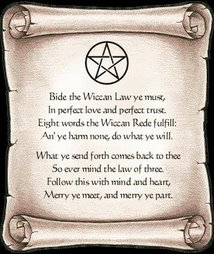

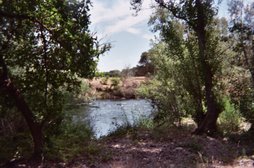
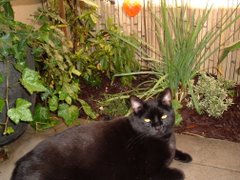
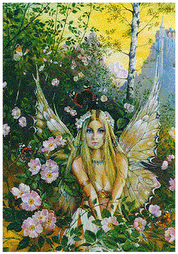


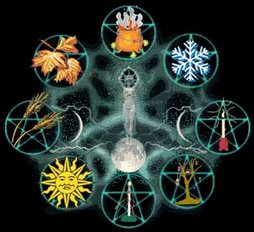
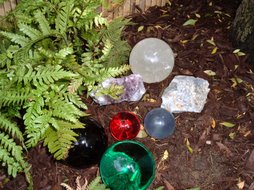
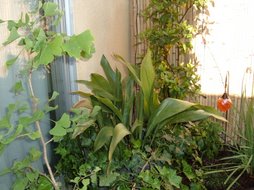
No comments:
Post a Comment